Choosing A Wetsuit
Welcome to Bob's wetsuit temperature guide, this guide gives you an idea of which type and thickness of wetsuit will best suit your needs.
Wetsuits for surfing have developed hugely in recent years, they are lighter, more flexible and warmer than ever.
At Bob Gnarly Surf we use the suits we sell, we don’t stock every wetsuit on the market, we pick out the suits we think are best for our customers and of course for us!
Wetsuit brands like Xcel, Dakine and Sola have ranges that cover everything you might need whether its men’s wetsuits, ladies wetsuits or wetsuits for kids.
The materials used are more flexible than ever before meaning longer sessions and much more comfort, you can choose between back zip wetsuit, chest zip wetsuits and even zip free wetsuits...
So, have a browse through the temperature guide below and see what suit suits.
Wetsuit Temperature Guide

Wetsuit Thickness Guide
“What thickness wetsuit should I buy?” is a question we often get asked here at Bob Gnarly Surf.
Wetsuits come in a range of different thicknesses depending on the conditions you are going to be surfing in.
With so many options, it can be hard to decide what thickness of wetsuit to go for but ultimately, it depends on the temperature of the water you are going to be surfing in and your tolerance to the cold.
Check out our handy wetsuit temperature chart above to help you decide which thickness would be most suitable depending on the water temperature. You can easily check the water temperature in your local area online with a quick google search.
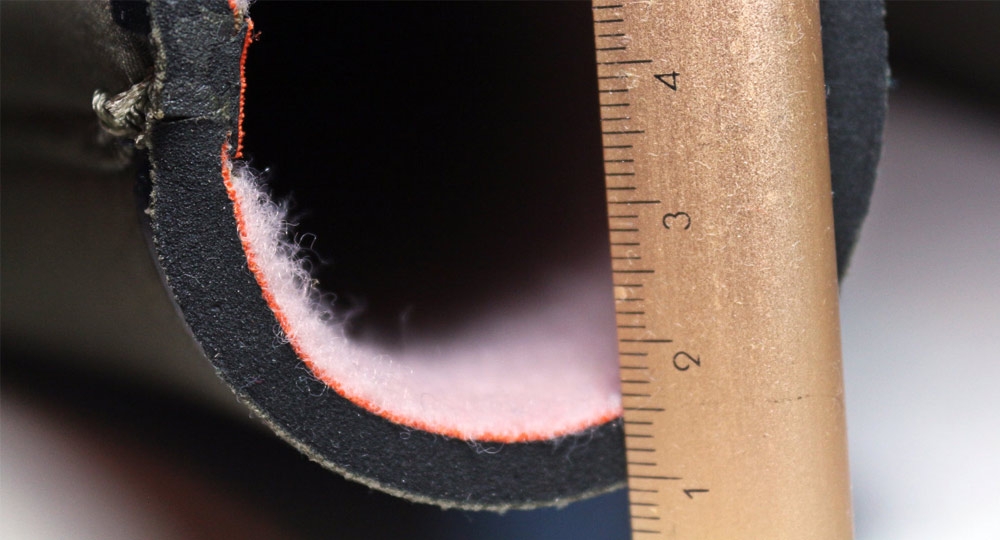
Winter sea temperatures are at their coolest during March in the UK. If you are out surfing in the coldest of conditions, we recommend a wetsuit thickness of at least 5mm with hood, boots and gloves unless you want to lose feeling in your hands and toes and enjoy the feeling of brain freeze!
A great example is the Xcel Infiniti X2 6/5mm hooded wetsuit. Look for a suit with fully taped seams, waterproof zippers, a built-in hood, wrist and ankle seals, flexible neoprene and high-quality chest panels.
The Xcel Infiniti X2 6/5mm hooded wetsuit has Celliant Black High Pile with hollow fibre lining from chest to knees and High Pile Celliant Black jacquard sleeves and lower leg lining making this wetsuit incredibly comfortable, toasty, and warm.
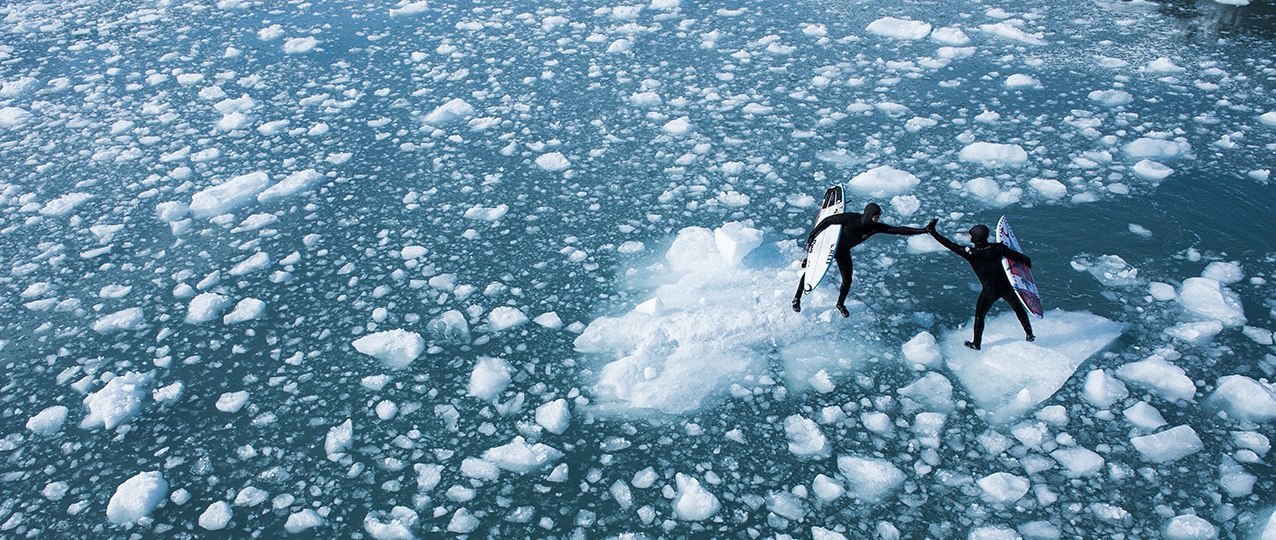
5mm (9°C) – These water temperatures are the most common throughout winter in the UK and the water is still quite cold. We recommend a wetsuit thickness of at least 5mm; we recommend wearing boots, but hood and gloves are optional depending on your tolerance to the cold.
We recommend the Dakine 5/4mm Cyclone Zip Free Hooded Wetsuit. The Cyclone is the pinnacle of modern wetsuit design, built from the ground up for maximum performance and the highest level of durability in the high-end wetsuit class. To achieve the best fit, stretch and warmth without compromising durability, Dakine created an all-new wetsuit pattern—Dakine's Apex Fit, developed with their own Hexotherm 2 thermal lining and industry-first innovations like Curv Lock closure system.
You can opt for a wetsuit with a built-in hood or go for one without and purchase a hood separately. Bob's personal favourite is the Ocean & Earth 2mm Free Flex Full Surf Wetsuit Hood. Having a separate hood allows you to go without a hood on warmer days when you don’t need one making your wetsuit more wearable throughout the year.
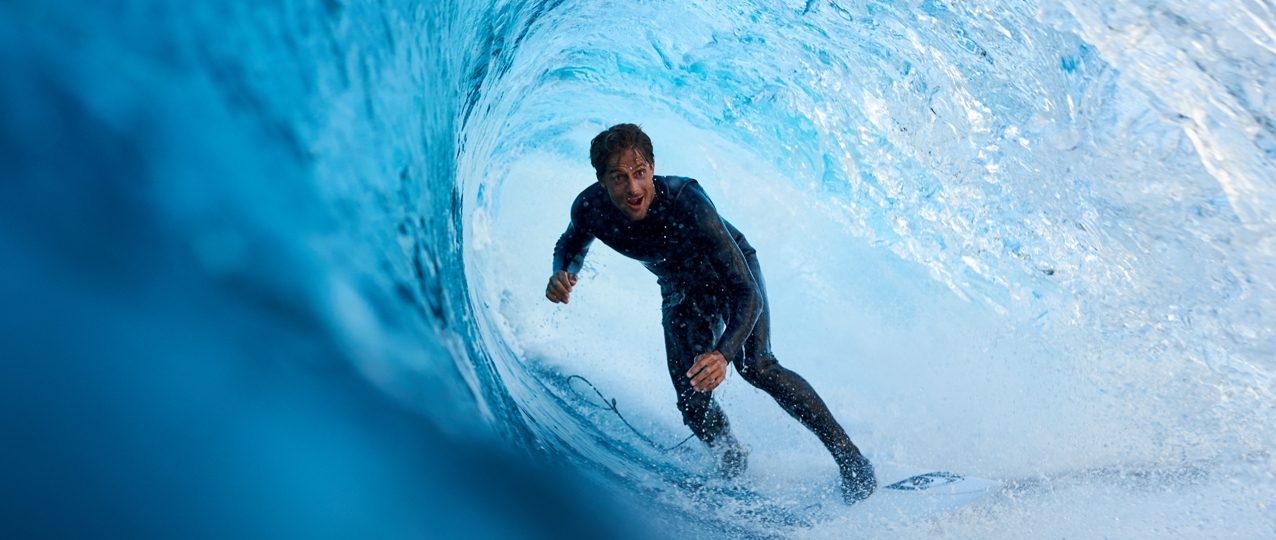
- 4mm (12°C) – This wetsuit thickness is most suitable for British Spring / Autumn sea temperatures. Boots are optional this time of year.
One of our most popular wetsuits is the Ocean & Earth 4/3 Free-Flex Chest Zip Steamer Charcoal. This wetsuit is available with or without a hood and with its quick-dry and thermal properties it makes the perfect steamer for Autumn and Spring.
As the water will still be rather cold at this time of year you want to make sure your wetsuit has taped or welded seams as well as wrist and ankle seals to prevent cold water flushing through your suit.
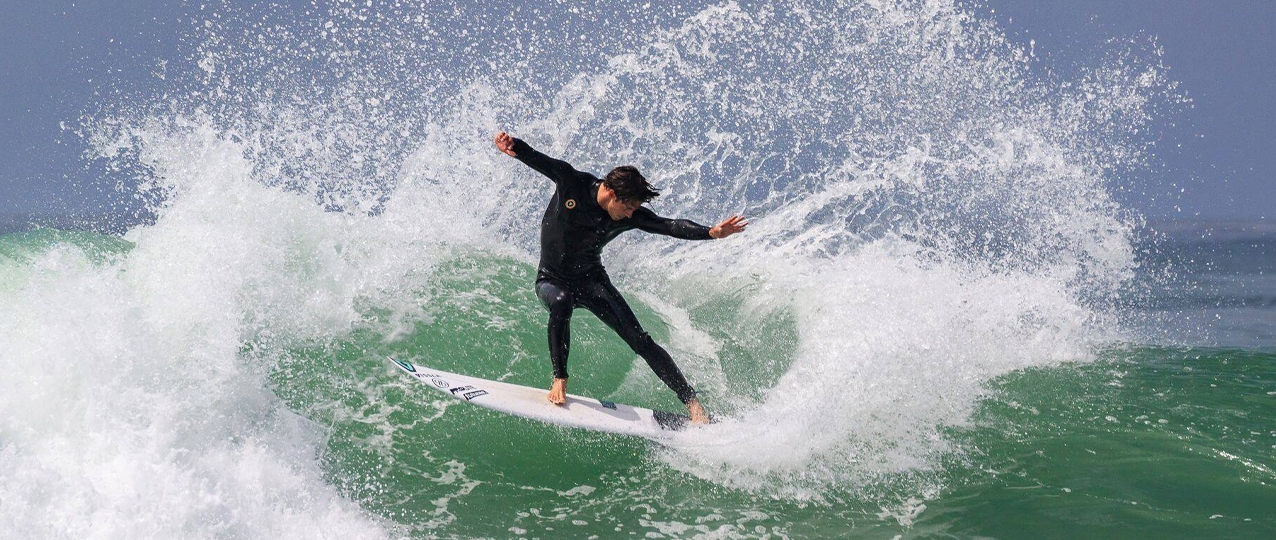
- 3mm (15°C) – 3mm thick wetsuits are perfect for average water temperatures in the UK between July and October. Gloves, boots and hood are not required in these temperatures.
Durging these months we stock a range of wetsuits from leading brands such as Xcel, Dakine and UK brand Sola. The 3mm summer wetsuit will happily take you from Spring right through to Autumn here in the UK and would be a great choice for a Southern European/Canarian winter season.
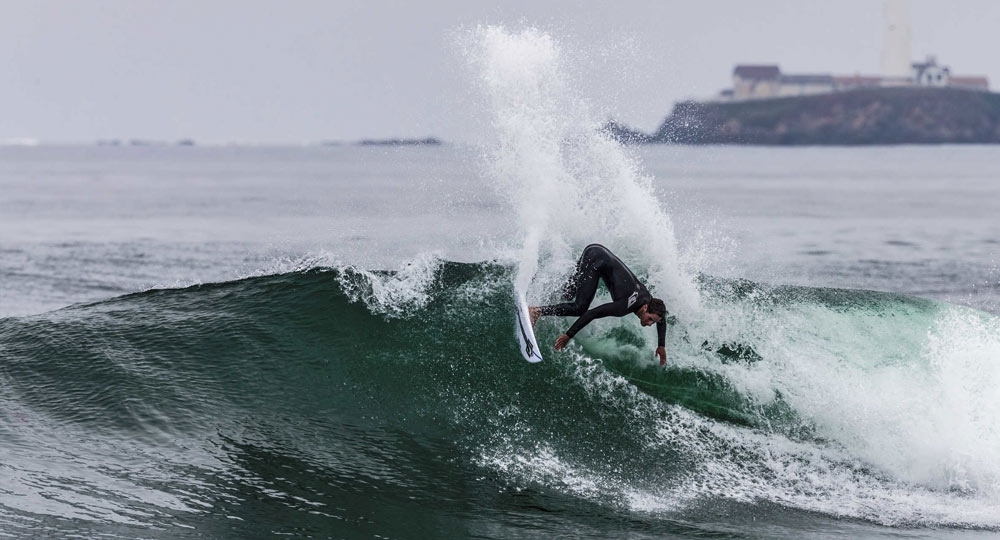
2mm (19°C) – This wetsuit thickness is recommended for the warmest sea temps you can expect in the UK during the peak of summer. Hood, gloves, and boots are not required in these temperatures.
These wetsuits are usually in a shorty style. A shorty is perfect to enable you to stay out in the water all day, it is easy to wear, flexible and versatile enough to be used for a variety of water sports or just messing around at the beach, but thick enough to prevent getting chilly when you aren’t moving around much or the wind picks up.
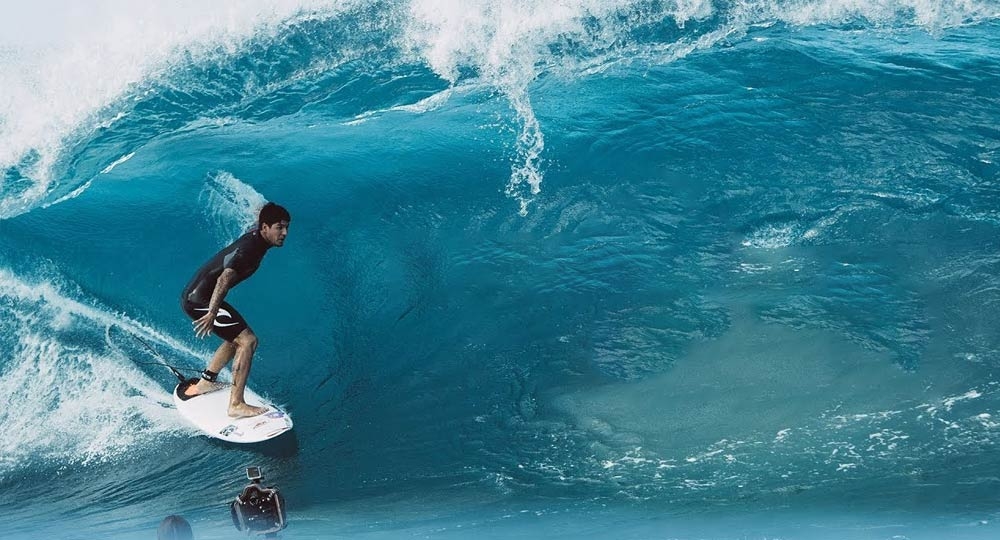
Rash Vests & Surf Suits (22°C and over) – Unlikely to happen in the UK, but If you’re lucky enough to be surfing somewhere tropical with water temperatures this warm, all you will need is a pair of board shorts and optional rash vest or a bikini / swimsuit and optional boardshorts, rash vest or 1mm surf suit.
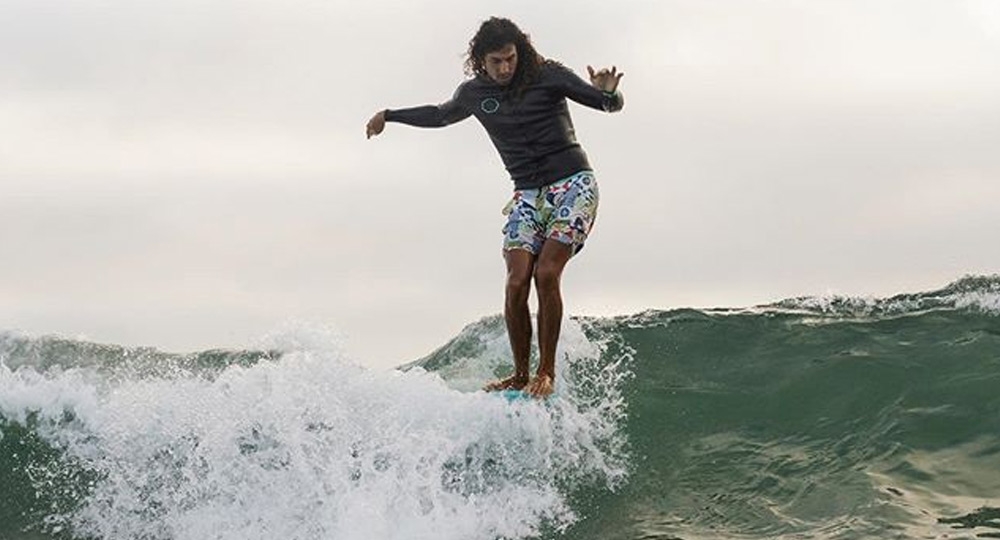
What wetsuit(s) do I need?
Money No Object
If money is no object then get yourself a quiver of wetsuits!
A 3mm or 2mm shorty for summer, a 3mm fullsuit with watertight seams for dawn patrols and general later spring and early Autumn surfing.
A 4mm suit for early spring and late Autumn before the winter really kicks in.
A 5mm wetsuit for winter in most locations is fine, especially when couple with boots gloves and a hood.
The Ultimate winter suits have built in hoods, so if you’re surfing where we do, or in colder than usual locations this kind of suit is the answer.
This will cover you for all conditions, no matter what the sea temperature.
It may be the most expensive option, but because the life expectancy of a wetsuit is based on how much it is used, each suit will last you much longer (providing you clean and store them properly!), so the cost balances out over time.

Medium budget
For a surfer that has a bit of a budget we would recommend getting two wetsuits that cover both ends of the temperature spectrum, i.e. a 5mm and 3mm wetsuit.
If you're spending most of your time surfing in the UK you would be best suited to getting a really good 5mm suit and an economy 3mm suit, as you'll find you'll use the 5mm wetsuit approximately 7-9 months out of the year and the 3mm the rest of the time.
The 3mm wetsuit can be a flat locked seam suit, these are cheaper than suits with watertight seams, this kind of suit will generally cover you from June to September depending on what crazy weather we’re having at the time!
Low budget
For someone on a tight budget, what to get depends on a few factors.
1) Where will you be surfing?
2) Will you surf when it's freezing outside or are you more of a fair weather surfer?
If you're a UK surfer you can get a good 5mm wetsuit to see you through the year, you’ll need boots, gloves and a hood for the colder months.
If you mostly surf in the far north of the UK, a 4mm in the winter will be unbearably cold, so we recommend getting a 5mm wetsuit as a minimum.
You may be a little warm during the summer months, but just loosen the neck of the suit and let some water in - it's far easier to cool down when you're hot than warm up when you're frozen!
The 5mm wetsuit option will be usable for probably 10 months of the year in the UK so it represents the most sensible option.
Wetsuit Accessories
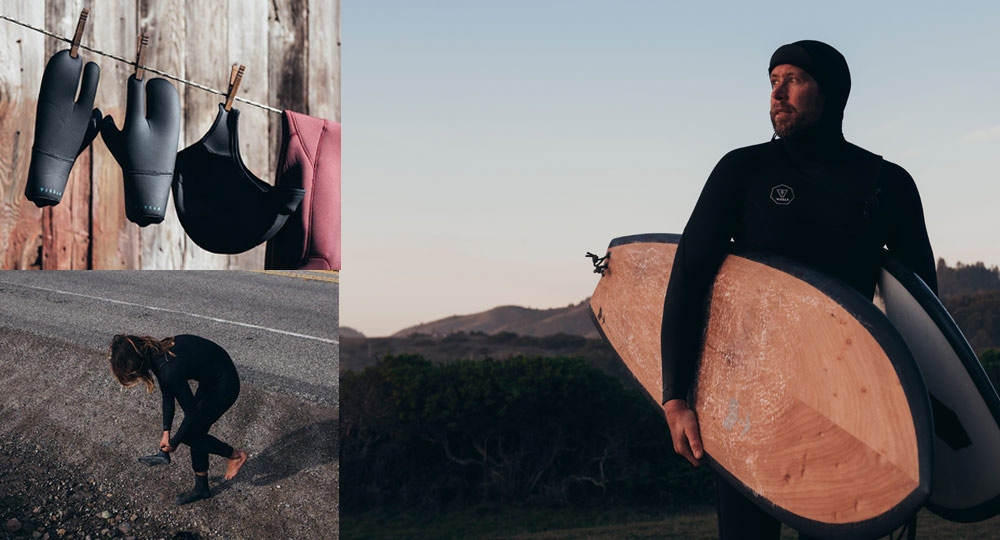
We get a lot of customers who go cheap on their wetsuit and buy the thickest boots because they say " I feel the cold more".
This is not necessarily the case; people do not biologically feel the cold at different levels.
If your feet are freezing and your friends are not, it's not because they have tougher feet than you, it's all down to the wetsuit.
Your body's first job is to keep your core warm.
If your core is not warm the first thing your body does is slow blood flow to your extremities (i.e. your feet).
You can avoid this by getting a good quality wetsuit that FITS YOU PROPERLY.
A wetsuit should fit you TIGHT; it is essentially a second skin.
If you're on a budget you are much better off putting more money into a good wetsuit and economising on the wetsuit boots and gloves.
The best boots in the world will not keep your feet warm when your poorly fitting wetsuit is letting water flush into it.
SUMMARY
Buying a wetsuit online used to be a complete No No but with far superior materials and so fit buying on line is as easy as it’s ever going to be.
Wetsuit companies don’t change their size regimes so if you are a medium you’ll be a medium across the whole range.


